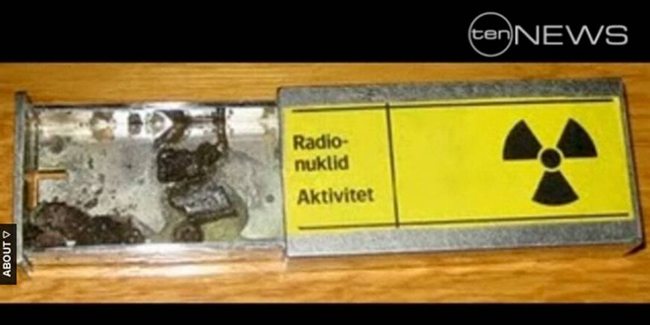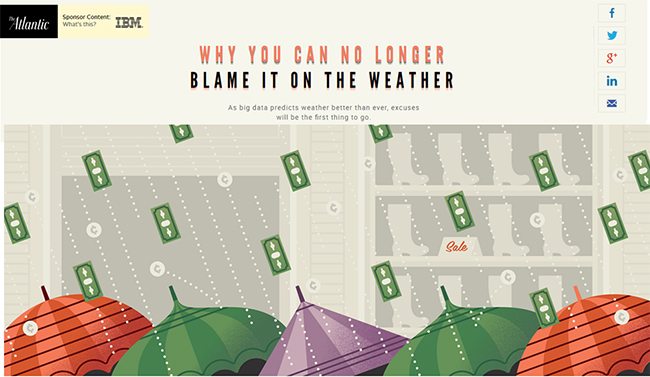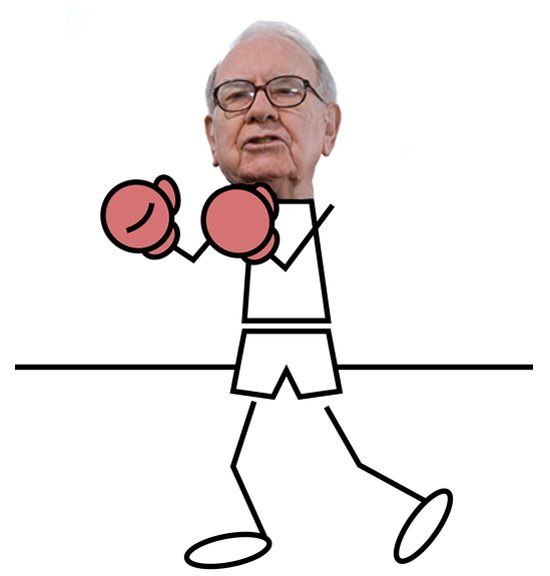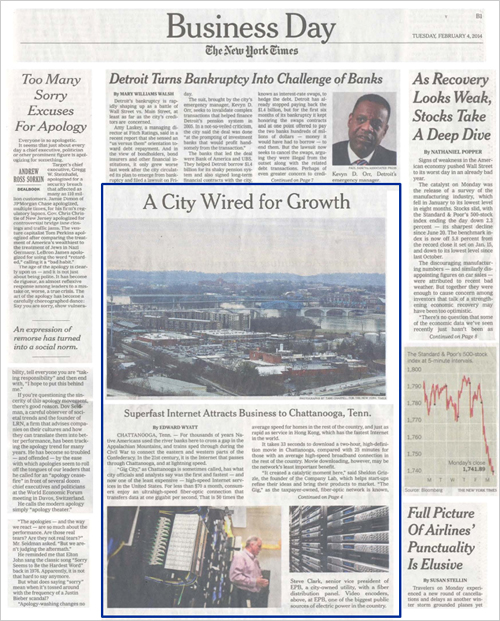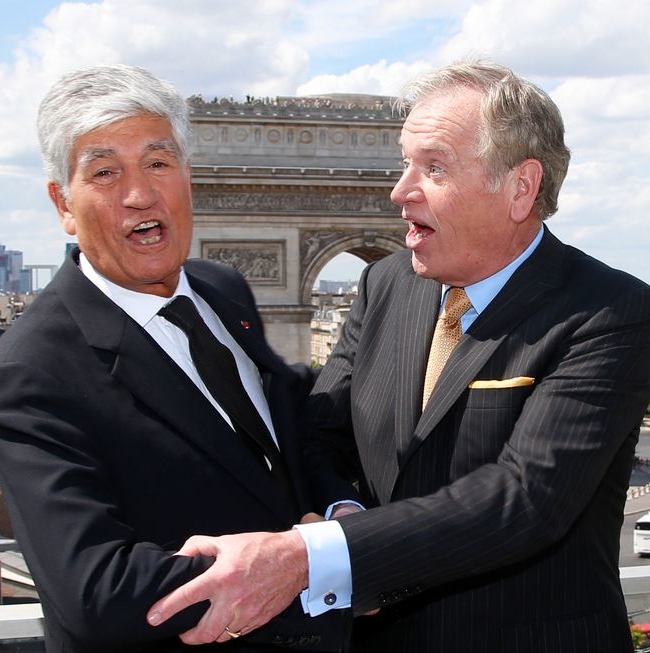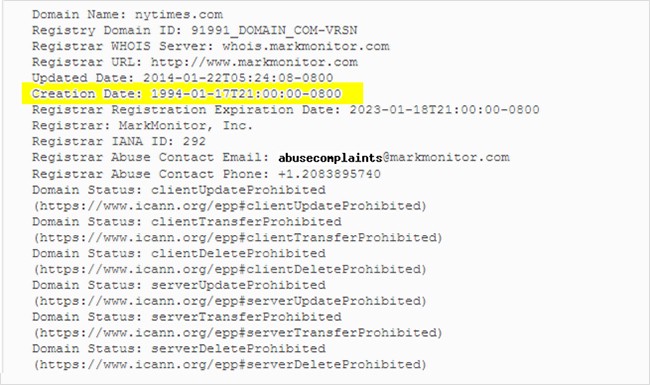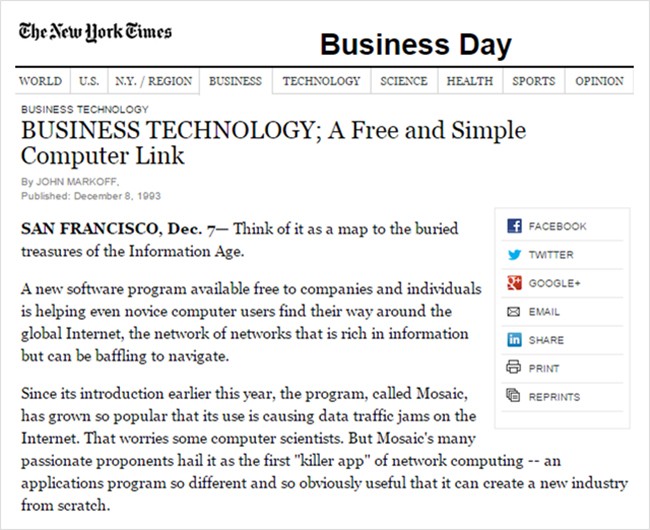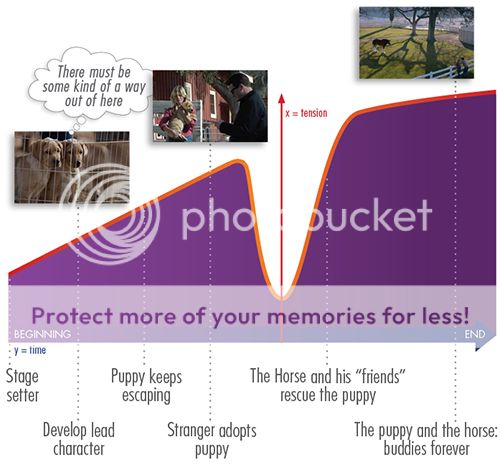Virtually every national and global company desires coverage in the business media. For B2B players, this quest presents an additional hurdle in shaping a story that the average Joe will understand, much less care about.
For those who toil in the B2B arena, the pursuit of business media is not a job for squeamish. Often, the activity starts with educating the client that product announcements — “The Opaque security suite protects enterprise and government customers once and for all” (from an actual news release) — won’t open doors at business publications like The Wall Street Journal.
With this in mind, it’s instructive to reverse-engineer a story from a B2B company that did land in the business media, a SAP customer story in The Wall Street Journal.

How did SAP pitch and package the story in a way that caused the journalist (and her bosses) to green light the piece?
First, they targeted The Wall Street Journal’s CIO channel, a natural for this type of enterprise customer story. Zeroing in on a specific section in a media property increases the probability for success. And they pitched a journalist, Kim Nash, who has over 20 years of experience covering enterprise computing for trade publications such as Computerworld and CIO Magazine and knows her way around transaction processing.
Next, they offered the Smithfield customer story as an exclusive. By exclusive, I mean only the Journal would gain access to Smithfield’s global CIO for an interview.
Before going further, it’s worth acknowledging that high-profile names help in selling this type of story. SAP, the vendor, and Smithfield as the customer are both multi-billion dollar companies. Still, these lessons apply even if you’re an enterprise startup. It’s just going to take a little more guile — and luck — in pushing the story up the hill.
Even with the clout that comes from big brands, SAP pitched a narrative that plays at the industry level: As CIOs increasingly favor cloud computing over constructing new data centers, here’s a CIO moving all applications to the cloud.
Drilling down to the next level, the story quantifies the move:
- Saves 20 percent in IT costs
- So far, has moved about 30 percent of its systems to the cloud
- Aims to cut the number of applications by 40 percent
The hard numbers make a difference though I was surprised that Smithfield didn’t divulge its IT savings with a bottom line number. It must have convinced the Journal that its total IT spend shouldn’t be in the public domain for competitive reasons.
And the story offers the type of details that bring texture to the storytelling like:
“The company processed 30.5 million hogs at nine U.S. plants in 2015. Nathan’s Famous hot dogs, Armour smoked sausage and other packaged meats are put together at 33 plants across the U.S. Its breeding facilities are also run separately.”
And my personal favorite that uses the classic before-and-after storytelling technique:
For example, a processing plant that sends pig parts to a packaging plant currently accounts for the transaction as a sales order. With an integrated ERP system, the transaction would be handled as an intra-company shipment through a shared transportation system. This is more efficient and costs less.
The choice of words do come into play. While it’s the journalist who’s crafting the story, I still give SAP credit for offering the right pool of content to draw from. There’s something about the phrase “pig parts” in an enterprise software case study that jars the reader in a way that an equivalent phrase like “sections of the animal” doesn’t.
Of course, the vignettes of the overarching narrative all relate back to the core pitch — cloud computing delivers benefits over the traditional data center.
Taking these elements together, you’ve got a fighting chance to gain the ear of a business publication.
Though it doesn’t relate to the actual pitch, you’ll notice that the Journal story includes SAP competitors Microsoft and IBM. Obviously, I don’t know how the SAP executives reacted to seeing their competitors piggy back (couldn’t resist) on their case study and gain a mention in The Wall Street Journal for free. But this is the price of admission when pitching the business media with the journalist striving to frame a vendor story — in this case Smithfield moving to the cloud thanks to SAP — with an industry context.
I raise this final point because nothing is more discouraging than navigating the business media labyrinth to the finish line for a win only to have your executives infuriated that competitors also appeared in the story.




